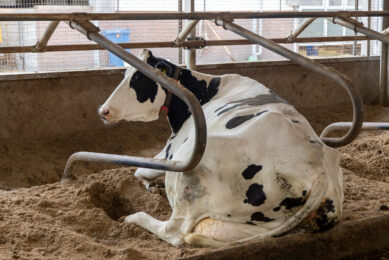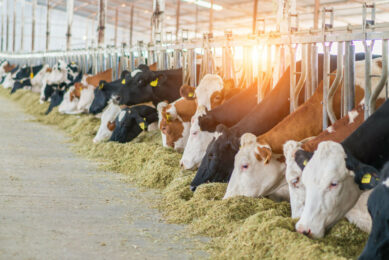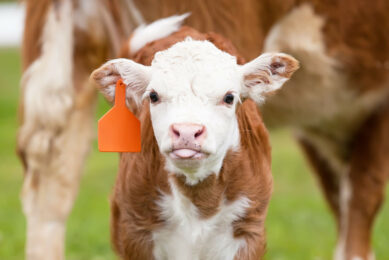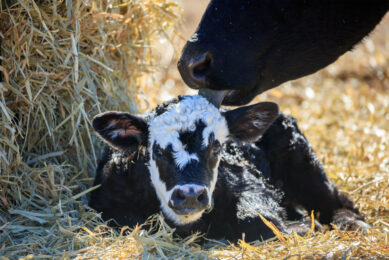Connecting cows to the internet
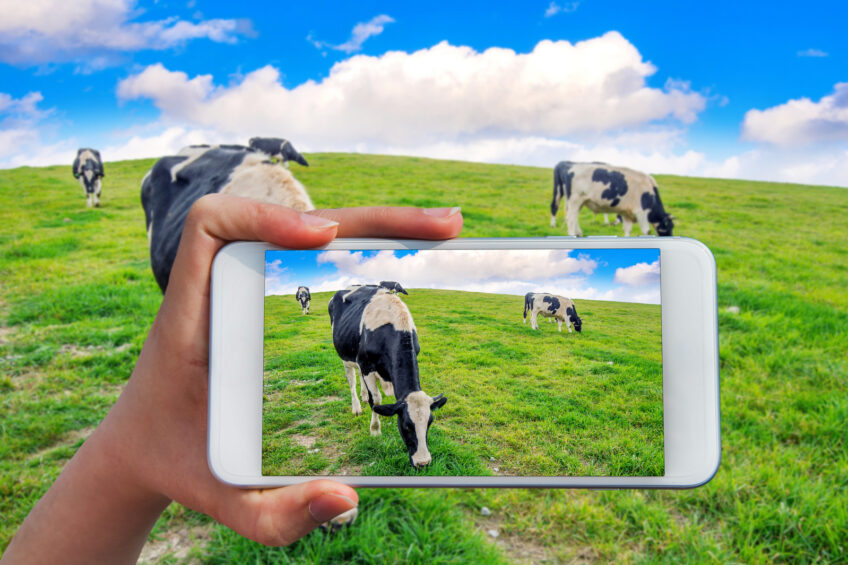
A group of Dutch researchers have set up the Happy Healthy Cow project to develop a sensor for cows that can promote their health and welfare.
The Faculty of Veterinary Medicine at Utrecht University has therefore teamed up with scientists, engineers, ICT specialists and parties from the dairy sector.
The heart of the sensor is the Clickey®, developed by the firm Invenit B.V., which sends signals via Low Power Wide Area Network (or LPWAN) to the Clickey Cloud Cow Portal. In the not-too-distant future, it will be possible to collect, transmit, analyse and convert data into information in the cloud without extra expensive infrastructure, and to then offer the data to the user via any device that is connected to the Internet.
Valuable information on health and welfare
The users may include the farmer, but also the veterinarian or anyone else visiting the farm. The sensor is unique in that it measures physiological parameters, such as body temperature and heartbeat, but also the animal’s movements and position in the barn. The full set of parameters will provide valuable information about the dairy cattle’s health and welfare.
Developing algorithms
The Cor Wit Fund supports this scientific research into healthy cattle. The Fund’s mission is to encourage socially relevant research and creativity in connection with telecommunications in order to contribute to ‘the good life’ – in this case, the good life for our cattle. The scientific part of the project will focus on developing algorithms to identify and interpret patterns in the data, in order to gain a better understanding of the behaviour and welfare of a typical healthy cow. The Cor Wit Fund will finance 1 doctoral candidate to work on the project. The candidate will be able to take advantage of rapid developments in the field of Big Data. By using smart combinations of the cow’s signals, he or she will be able to constantly monitor the animal’s health and welfare, and tailor any interventions to the individual cow in the event of any disruptions.
[Source: Utrecht University]
Join 13,000+ subscribers
Subscribe to our newsletter to stay updated about all the need-to-know content in the dairy sector, two times a week.



